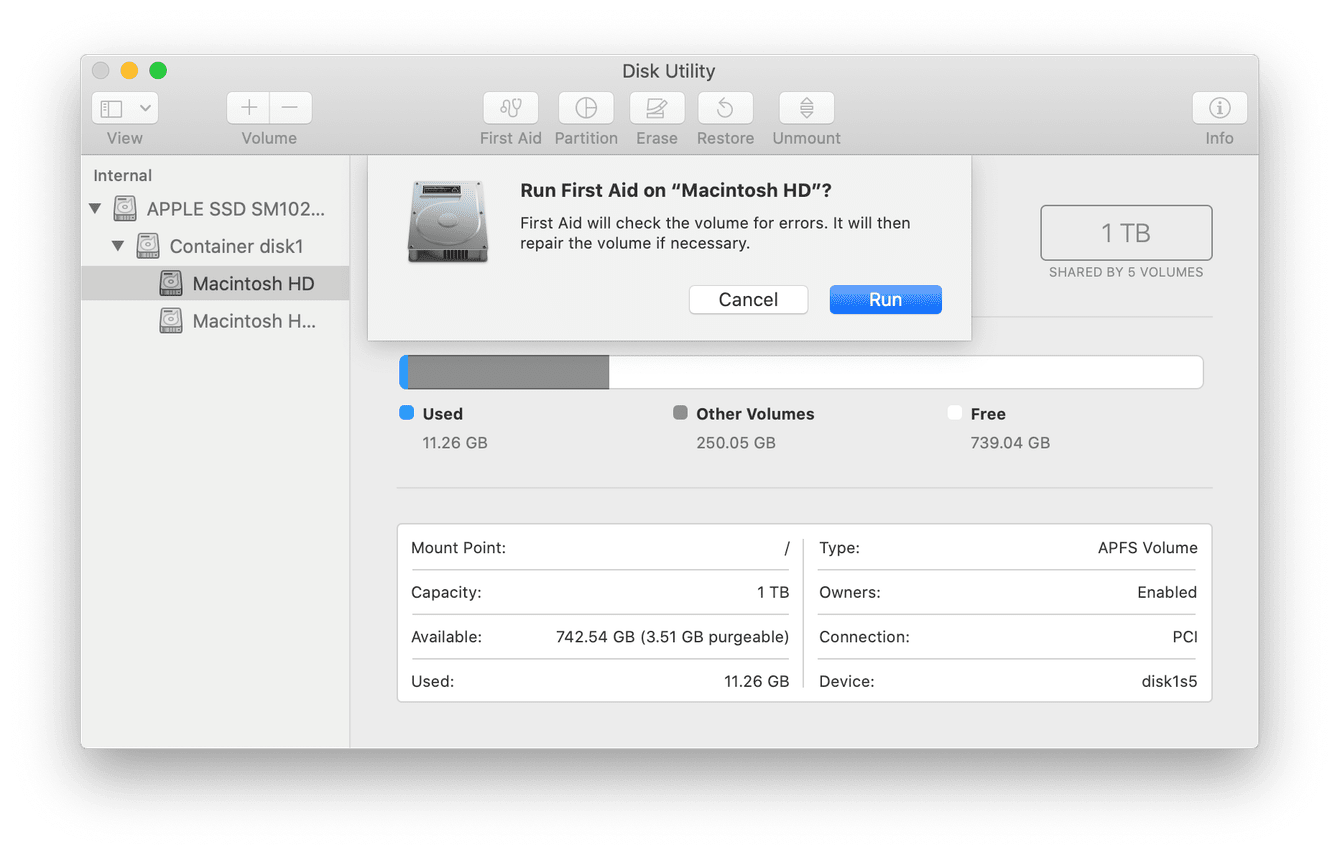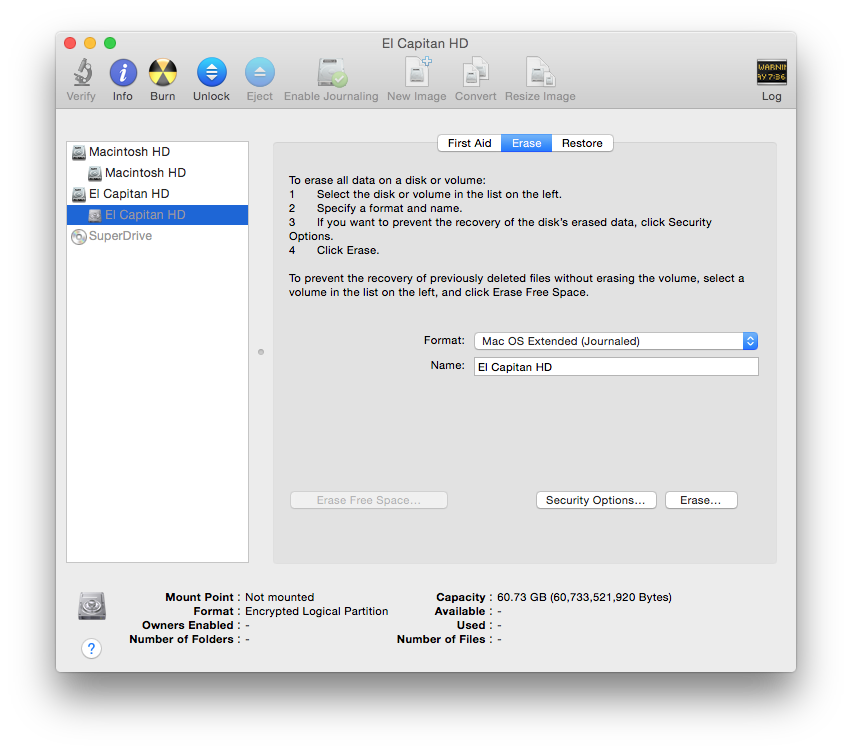
- Update disk utility for mac install#
- Update disk utility for mac archive#
- Update disk utility for mac pro#
This could take anywhere from 30 minutes to a few hours, depending on how much you have stored on your hard drive. Then choose Backup All Files, and click Copy Now. If you gave it a new name in Disk Utility, it'll show up as such. Next, launch SuperDuper, and set it to clone your Mac's hard drive to the SSD.

This will format the drive and prep it for the next step. No need to change any settings, unless you'd like to give it a new name. Then, click the Erase button at the top of the window and then click Erase. Once it's connected, launch Disk Utility (searchable through Spotlight), and select the SSD from the left sidebar. Start by connecting the SSD to your computer with a dock or cable.
Update disk utility for mac pro#
(I found them at my local Ace Hardware.)Īs you'll see in the video below, my colleague Sharon Profis resurrected her 2009 MacBook Pro with an SSD and agrees with me that the process is simple and straightforward. Really, the hardest part of the whole thing was tracking down a size 6T torx-head screwdriver for the four torx screws that help hold the hard drive in place.

The whole procedure took less than an hour (not counting the half a day it took to clone my MacBook's hard drive to the SSD). I replaced my 2011-era MacBook Pro's 500GB hard drive with the 500GB Samsung 850 Evo. And they aren't nearly as costly per gigabyte as they once were. They are more energy efficient, more reliable and quieter than hard drives with magnetic, spinning disks. There's a reason that all modern MacBooks and the vast majority of all laptops sold today use SSDs. As the article just above explains, in the drop-down sheet select: volume name, “ APFS” and “ GUID Partition Map.” (Note I’m erasing a previously erased device in this example.If you have an old MacBook Pro with one foot in the grave, the single best thing you can do to breathe new life into it is replace its traditional spinning hard drive with a solid-state drive. Then, from the tabs at the top select Erase. Check out this note by Jeff Gamet.īasically, the trick is to use the View widget at the top left to select “ Show All Devices.” Now We’re Ready to See an Interesting Bugġ. Disk Utility may or may not come up in the desired mode. Then launch /Applications/Utilities/Disk Utility.app.
Update disk utility for mac archive#
But I always archive those files first, just in case.

If encryption is needed, macOS supports it. Here at TMO we almost always ignore those files because we’re going to totally erase the disk. You may well see, in the Finder, some developer specific tools and/or encryption tools. If you’re unsure about APFS containers, see:Ĭonnect the SSD, very likely with a USB-C to USB-A (or USB-C) connector cable.

The first thing to know is that, when you format the external SSD as APFS, you’ll be creating an APFS container and then the desired volume inside it-which you’ll name.
Update disk utility for mac install#
However, if you’re planning to install a developer version or public beta of Mojave, read this note by Jeff Gamet. So you have an external SSD which you want to format as APFS and install, say, macOS High Sierra. Apple’s Craig Federighi introduces APFS, (Apple File System), WWDC 2017.


 0 kommentar(er)
0 kommentar(er)
